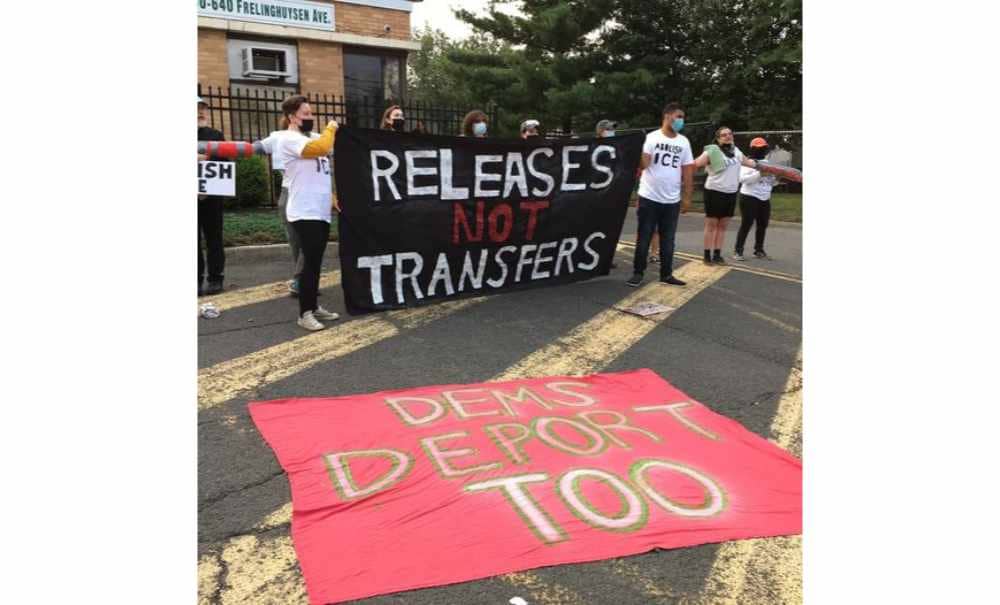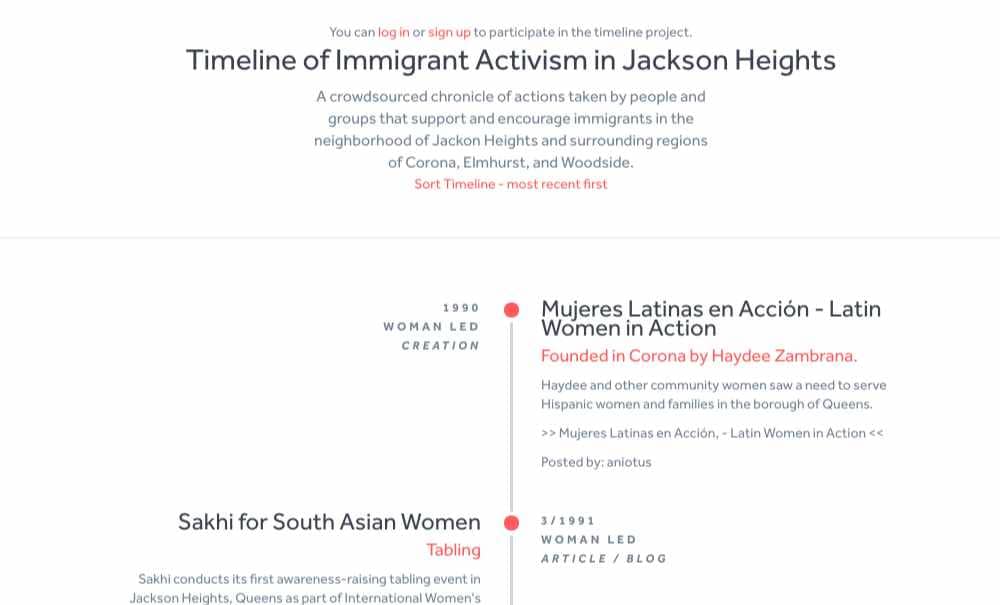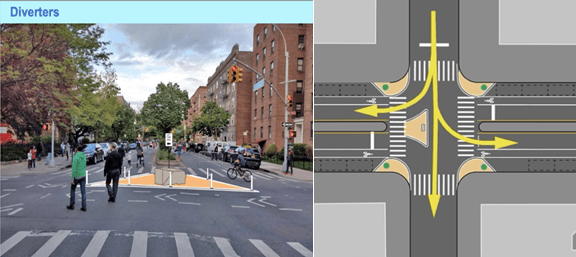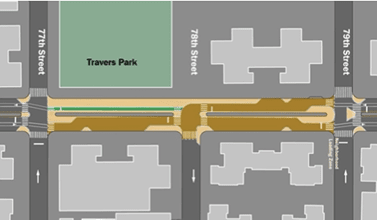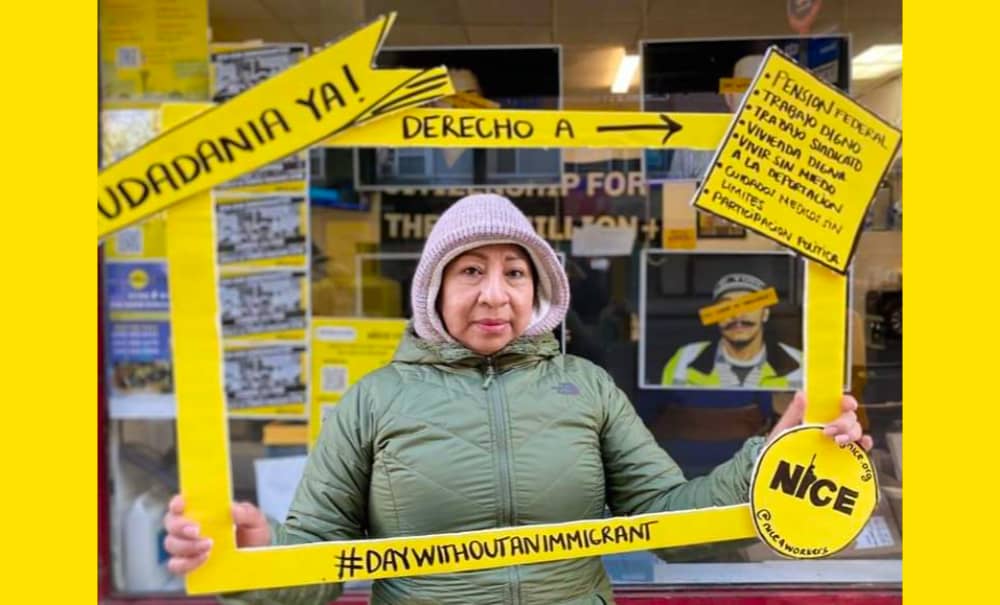
Dear friends,
This week, on the eve of President Biden’s State of the Union address, hundreds gathered in Washington DC, for a counter-event addressing the true #StateOfOurLives. Immigrant justice groups came together demanding that the administration fulfill its promises to end Title 42, extend TPS (Temporary Protected Status) for vulnerable immigrant groups, and create a path to citizenship for millions.
Our newsletter this week reports on the #StateOfOurLives among immigrant communities close to home – from the Valentine’s Day of Action mobilized by Jackson Heights-based NICE, to the recent hunger strike among 50 detainees incarcerated just north of NYC, to Adkhikaar’s activism focused on low-wage, women of color workers in the nail salon industry. We honor these vibrant, necessary, ongoing local justice struggles.
Newsletter highlights:
- NICE in solidarity with ‘A Day Without Immigrants’
- Detainee hunger strike at Orange County Jail
- Adkhikaar’s ‘All Hands In!’ for nail salon workers
1. NICE Joins ‘A Day Without Immigrants’
There are tens of millions of immigrants living and working in the United States. New York City alone is home to 3.1 million immigrants and more than half a million undocumented residents. What would happen if for one day they didn’t go to work or school, and didn’t spend any money?
Carlos Eduardo Espina, a 23-year-old immigrant from Uruguay with 2.5 million followers on TikTok, wanted to find out. So he encouraged immigrants to use February 14, 2022, as the day to skip work or skip school, and not spend any money. People in the U.S. typically spend $23.9 billion on Valentine’s Day; an action on that day would be a graphic illustration of how important immigrants are to the U.S. economy.
More than 2,600 businesses across the U.S. pledged to close for the day in solidarity with the protest, including 66 New York-based businesses. Members of New Immigrant Community Empowerment (NICE), located here in Jackson Heights, participated in A Day Without Immigrants by sponsoring a full day of events in Union Square and an evening rally in Times Square.
In Union Square, NICE held a press conference demanding an end to workers’ exclusion from government assistance, including unemployment insurance, followed by a Know Your Rights presentation. The lively Times Square rally had close to one hundred participants, most wearing NICE’s signature yellow T-shirts. Their leaflet called for the right to decent housing, life without fear of deportation, and dignified union jobs. Impassioned speeches by members of NICE and other participating groups were interspersed with energetic chants and drumming.
Similar demonstrations took place in fifteen other U.S. cities. Protests in Washington, DC, and Ogden, Utah, were especially large, and the United Farm Workers (UFW) organized walkouts in five California locations emphasizing that much of our food is produced by immigrants.
According to the American Immigration Council, in 2019 immigrant-led families in the U.S. controlled about $1.3 trillion in spending power, paying approximately $331 billion in federal taxes and $162 billion in state and local taxes. Undocumented families alone contributed $19 billion in federal taxes and almost $12 billion in state and local taxes.
The recent Executive Director of NICE, Manuel Castro, is now Commissioner of Immigrant Affairs, appointed by Mayor Adams. This is a good omen for immigrant affairs in our city.
WHAT CAN WE DO?
- If you are able, consider supporting NICE with a donation.
2. Hunger Strike at the Orange County Jail
“[P]eople arrested for immigration offenses are supposed to be individually evaluated as to whether they are a flight risk or threat to public safety. If not, they are supposed to be released on bond or their own recognizance. But the New York ICE field office is jailing virtually everybody …. According to the NY Civil Liberties Union, ‘ICE has secretly decided to detain thousands of New Yorkers unlawfully, inflicting enormous and entirely unnecessary harms.’” –JHISN Newsletter (12/19/2020)
We wrote these words during a courageous hunger strike by immigrants detained at the Bergen County Jail in New Jersey. Supported by vigorous demonstrations outside the facility, striker demands included an end to inhumane conditions, and release while waiting for their immigration hearings.
A year later, at the end of 2021, the immigrant decarceration movement celebrated its success in forcing New Jersey to close all immigrant detention facilities. Unfortunately, as we reported at that time, many of the ICE detainees were simply transferred to NY State jails instead of being released to their families.
The Orange County Jail in Goshen, NY, about 65 miles from Jackson Heights, is a known hellhole. In 2018, a detainee hunger strike protested out-of-control practices of solitary confinement. In 2020, another hunger strike was launched over denial of visitation and lack of hot meals.
Now comes word that more than 40 immigrants detained at the OC Jail started a new hunger strike on February 17, provoked by widespread racist abuses. The strikers also complained about religious discrimination and “spoiled, stinking food.” Some of the strikers reported intense retaliation for the strike. A coalition of community groups denounced the jail’s “racist and retaliatory abuse, violence and medical neglect,” calling for the termination of its ICE contract and release of all immigrant detainees. The immigrants’ protest seems to have ended on February 20, after an ICE official visited the facility. Two corrections officers were transferred out of the ICE unit soon afterward.
This week there was a flurry of new activity by detainee allies, partly inspired by the hunger strike. A Dignity Not Detention week of action featured a City Council hearing on conditions in immigrant detention facilities, as well as testimony in Albany supporting legislation to close detention centers. On Thursday there was a rally in Foley Square to demand the release of all immigrant detainees.
WHAT CAN WE DO?
- Support the NY Dignity Not Detention Act and check out their action toolkit.
- Share Detention Watch Network’s resources and educational videos about how to Free Them All.
3. #AllHandsIn for Nail Salon Workers
As the only community and worker rights center in the US dedicated to the Nepali-speaking community, Adhikaar is familiar with breaking new ground. In January 2022, the Woodside-based immigrant justice group introduced a first-in-the-nation bill to raise industry standards for nail salon workers across New York. As they launch an ‘All Hands In’ campaign to support the bill, Adhikaar is committed to member leadership and worker-led organizing by immigrant women of color.
The legislation would create a statewide council bringing together government officials, employers, and nail salon workers themselves to identify ways to improve the industry. Adhikaar member leader Sweta Thakali explains:
“If anyone knows what needs to be changed it’s us who are in the industry. Our income is not stable, we face discrimination, we work without breaks, we are guaranteed no benefits and we work in unhealthy conditions. This council will give us the chance to be heard and win the ability to come to the table and speak up for what we need.” –S. Thakali (1/26/2022)
Partnering with State Senator Jessica Ramos of Queens and the NY Healthy Nail Salon Coalition, Adhikaar aims to redress decades of labor rights violations, wage theft, and unsafe working conditions for nail salon workers that have only worsened during the pandemic.
New York State has over 5700 nail salons, with the largest concentration in New York City. At the same time, NYC has some of the lowest prices in the country for a manicure ($13.70 on average in NYC and Long Island). Immigrant women of color make up the vast majority of salon workers, with 73% of all nail technicians in New York identifying as Asian or Pacific Islander, and 21% as Latinx.
In 2015, Adhikaar helped win the fight for a NY Nail Salon Workers’ Bill of Rights – another first in the US. As a powerful, local, women-led immigrant justice group, Adhikaar is poised to continue breaking new ground for workers’ rights and economic justice in the nail salon industry.
WHAT CAN WE DO?
- Sign this petition to support nail salon workers!
- Make a direct donation to support Adhikaar’s work.
- Learn more about the campaign by calling Adhikaar at 718-937-1117 or email their campaign leader at prarthana@adhikaar.org
In solidarity and with collective care,
Jackson Heights Immigrant Solidarity Network (JHISN)
Follow @JHSolidarity on Facebook and Twitter and share this newsletter with friends, families, neighbors, networks, and colleagues so they can subscribe and receive news from JHISN.
